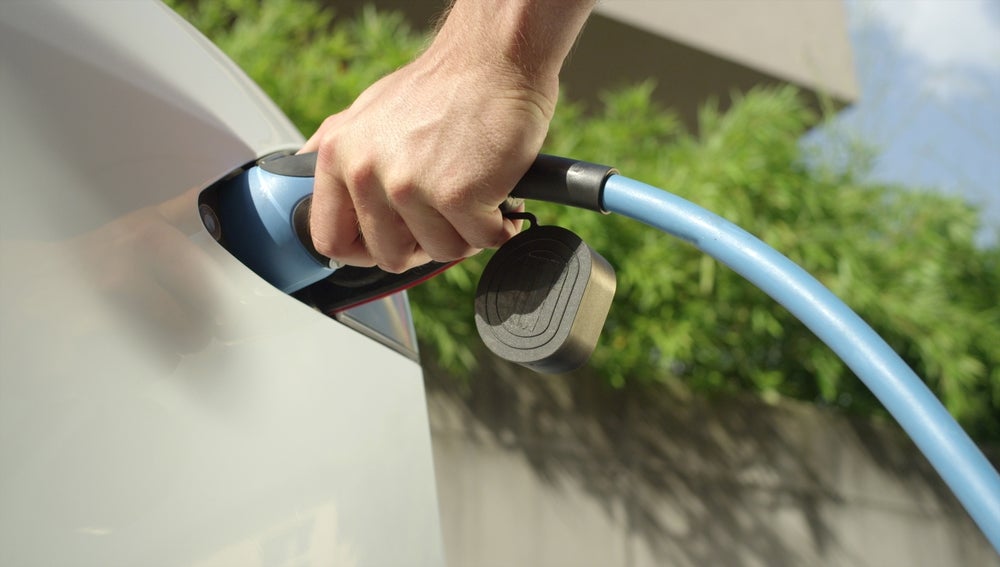
Strictly speaking, consumer finance includes any product that is aimed at financing retail spending, be it on a piece of furniture, a car, a vacation, or home improvements.
Anything that is not lending to a commercial entity arguably falls under the consumer finance category. Although that technically includes mortgages as well, consumer finance as a label applies more to purchases likely to be made more frequently: people are likely to build multiple pieces of furniture a year, and to switch to a new car every few years.
The most common form of consumer finance, and the one most of us use at some points of our life, is a credit card. Credit cards are a form of unsecured borrowing, meaning that there is no collateral involved in the financing – no assets that can be seized by the bank should the borrower be unable to repay the debt.
The credit card market has become fiercely competitive over the last decade, and retail banks have been launching 0% offers – where for an introductory period, holders do not incur interest charges on the amount borrowed – in order to lure customers.
This effectively resulted in a massive ballooning of credit card debt in the UK, which the Bank of England put at £72.1bn as of June 2018. Commentators and regulators have been worrying about the inflow of cheap credit in the system through credit cards: should a downturn in the real economy affect borrowers, much of that debt could become irrecoverable, and the financial services industry would quickly feel the impact.
Compared to unsecured lending, the motor finance market, which accounts for the other big chunk of UK consumer finance sans mortgages, has been deemed by the regulators to pose much smaller risks to the financial systems, despite the worries raised by a number of commentators during 2017.

US Tariffs are shifting - will you react or anticipate?
Don’t let policy changes catch you off guard. Stay proactive with real-time data and expert analysis.
By GlobalDataA Bank of England review found that car finance lenders were evaluating risk adequately, and that losses to lenders in a scenario where the value of cars dropped 20% would be fairly contained, to 6% of outstanding capital at worst. The central bank also found that subprime borrowers accounted for a much smaller fraction of car finance customers that they do in other sectors – including credit cards.
The bank did however warn that lenders were underestimating how a shift in consumer preferences – for example, the scare around diesel – could affect values of vehicles and their worth at the end of contracts.
The health of the consumer finance market is intertwined with consumers’ sentiment and living standards. Once a family is hit by a redundancy or an income cut, the inability to pay instalments is unlikely to stay confined to just one of their – increasingly many – financed purchases. That said, the dynamics in such cases can be surprising: an anecdote in the industry goes that people will default on their mortgage first before they give up on their Sky Sports subscription.







